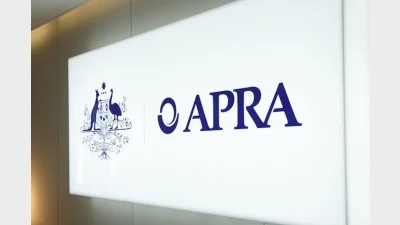MySuper gains ground as contributions spike



MySuper funds now account for one fifth of the total superannuation pool but compulsory contributions in these funds have plateaued for the past two years compared with discretionary contributions which have climbed in the last two quarters off the back of changes in concessional contributions caps.
A Financial Services Council (FSC) analysis of the quarterly superannuation data recently released by the Australian Prudential Regulatory Authority (APRA) found MySuper funds accounting for 20 per cent, or $378 billion, of the $1.87 trillion superannuation pool. In comparison self-managed super funds made by 30 per cent of fund while funds selected under the Choice regime made up 41 per cent.
While the total funds under management in superannuation grew by 9.6 per cent over the past twelve months little of this came from compulsory contributions which have remained flat for the past two years.
However FSC chief economist James Bond the increase in the cap for concessional contributions introduced from 1 July this year has led to the fastest growth in seven years for discretionary contributions and contributions were likely held over until the new financial year to benefit from the new higher contributions cap.
"The significant increase in discretionary contributions was most likely driven by two changes in concessional caps from 1 July 2014 which mean an increase in the cap from $25,000 to $30,000 for those under 50 years, and an increase to $35,000 for those over 50 years," Bond said.
Bond said compulsory contributions had changed little since September 2013 and was in line with low growth in wages and employment which were both well below the long term averages.
"Discretionary superannuation contributions have accounted for the $1.6 billion growth in superannuation contributions since September 2013 while employer contributions − that is, mostly compulsory payments − have remained flat."
"This is evidence of the income recession which has resulted from low employment and wages growth. There has effectively been no growth in employer contributions for two years," he said.
Bond also flagged longer term growth in member contributions stating that "between September 2013 and September 2014, member contributions to superannuation funds increased from $4.2 billion to $5.9 billion, or by 38 per cent, which is the fastest growth since June 2007."
Recommended for you
The super fund has launched Retirement Manager, a digital advice tool helping members plan income, spending, and retirement confidence with integrated support.
APRA has warned retail super trustees that financial adviser involvement in recommending platform products does not diminish their obligations, as regulators turned the spotlight on the Shield Master Fund and First Guardian Master Fund during a meeting with fund CEOs.
AMP’s chief economist has unveiled a wish list for the Australian government’s Economic Reform Roundtable.
Australian retirees could increase their projected annual incomes between 3 and 51 per cent by incorporating personal and household data into their retirement income strategies, according to new research.










